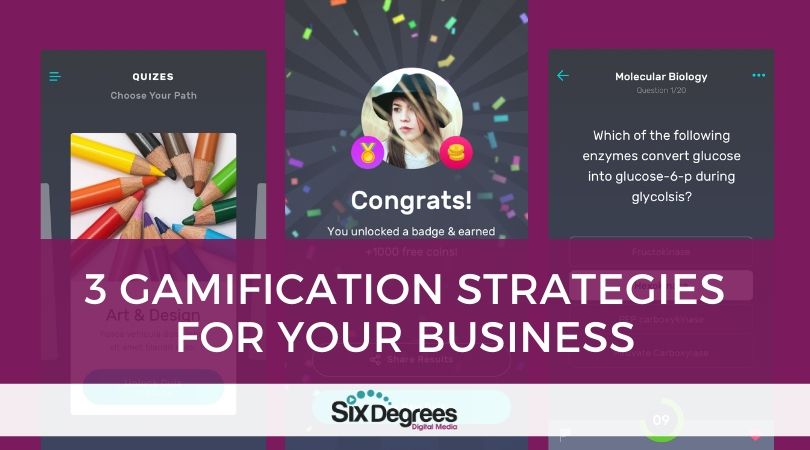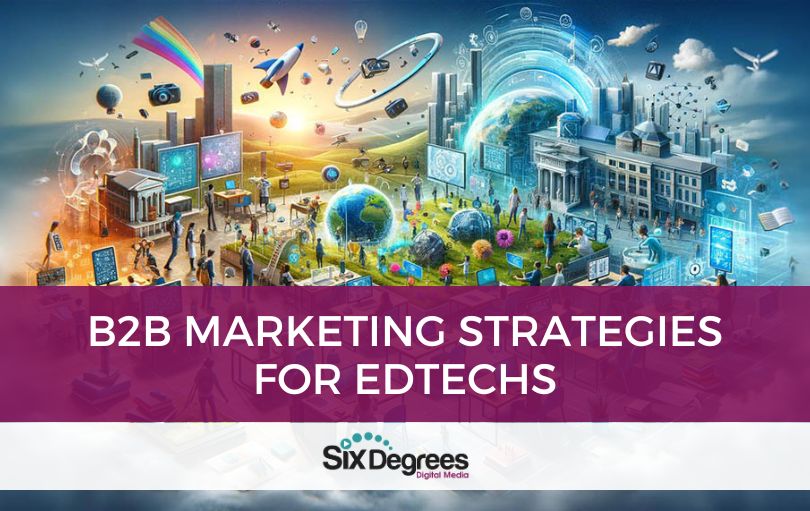Games are games, and work is work, right? The first is fun, and the second is something you wouldn’t be doing if it weren’t for the fact that you 1.) need money, 2.) have to be an adult, or 3.) fear retribution from the guards in your cellblock.
If you showed up at a friend’s game night and found out they were shampooing carpets, you’d leave.
If you saw an ad for, “Adventures in Tax Accounting” on XBOX, you would make a snide comment and change the channel.
If your boss told you that work was now fun because you got a point each day you showed up, you’d thank her, and then go back to your desk, just as miserable as you were before. Because you know that work is work and games are games, and never the twain shall meet.
Except that anyone that’s ever played a nine-hour game of Monopoly or Diplomacy can attest that games can certainly be work, and, it turns out, work can be made into a game.
What Exactly is Gamification?
Gamification is the process of adding game mechanics to everyday situations in order to drive desired behaviors and to increase people’s engagement in the activity. To qualify, the mechanics should create an activity that’s fun, challenging, and motivational.
The process is effective because it turns our psychology against us. It takes the elements of games that make them so addictive and applies them to non-game situations. When it works, gamification can be a significant behavioral driver.
We’ll turn back to Monopoly for an example. Every year McDonald’s rolls out its version of the classic game. If you’re not familiar, customers (now called players), are encouraged to collect little adhesive slips of paper that they find affixed to their food.
These slips bear the names of all the properties normally found around the Monopoly board. Players (but really just customers) are trying to collect a monopoly for each of the board’s color sets. Successful “playstomers” can win fabulous prizes when they’re successful.
Is it fun? It can be, in a limited sort of way. But what it’s really intended to do is drive sales for the restaurant chain, and that it does. According to Fast Company, the Monopoly game regularly drives up sales 5% for the quarter.
But marketing is just one of the places where gamification can make a big difference in business. Here are three examples of gamification strategies that either motivate customers, change employee behaviors, or create a product users can’t put down.
Using Your Employees’ Natural Competitiveness to Drive Their Behavior
Gamification can be as simple as assigning a point system to specific behaviors and then granting rewards to players (employees) for hitting some goal.
Let’s say you want to boost your sales department’s numbers. You could create a game where each type of sale they could make has a themed name and is assigned a certain number of points. You would give more points to the sorts of sales that make the company more money.
Then you create a leader board that gets updated on a daily basis. As sales come in employees move up and down in rank. You encourage good-natured competition, and soon the game begins driving one-upmanship. People earn prizes — but more importantly — bragging rights for having the top spot at the end of the day.
Neil Patel talks about two examples of this strategy. In one, the Stewart Agency used this strategy to collect double the amount of email leads in two months over the previous three years. In the other, NextJump added a team competition layer to spur 70% of its employees to begin working out.
Get Your Customers to Compete Against Each Other
Contests and other gamification strategies that create buzz around your brand and keep your customers coming back are a great way to boost visibility and develop a rabid customer base.
Starbuck is the master of this strategy. Their rewards program, which centers around the Starbucks app, lets customers collect stars when they make purchases. These stars can be spent on rewards and swag.
This isn’t that unique. It’s what Starbucks does with the concept that is.
For one, the app is lovely to look at and fun to engage with. You get a feeling of accomplishment when you gather a certain number of stars. You can compete with other customers. And occasionally the company will launch menu challenges, where you can qualify for bonus stars when you order the right food items at the right times.
The app turns buying coffee and danishes into a game and keeps Starbucks customers thinking about Starbucks all the time.
Make Your Product Addictive and Customers Will Tell Their Friends
By incorporating gamification into a product that you wouldn’t normally call fun, you create an experience that keeps people engaged. And if you add a social element, people will be motivated to share your product with their friends.
The productivity app Todoist is a good example of this. On the surface, it’s just a to-do list app. One of many. But it turns getting stuff done into a game with the addition of Karma points.
When you complete tasks on time you gain Karma. If you keep your streak going you gain even more.
When you miss a deadline, you lose points. No one likes to lose points. Karma becomes a motivator to keep yourself on target.
To this, the developer adds a social layer. You can compete against friends, coworkers, and strangers to gain the most points. This pulls others into your Todoist circle, driving engagement with the product and sales for the company.
Gamification is a powerful tool for every business. If you contact us today to learn more about what it can do for you, you’ll earn six Degree-bucks. Collect 100 and win…something! Maybe. If nothing else you’ll learn how we can create a successful gamification program for you.






